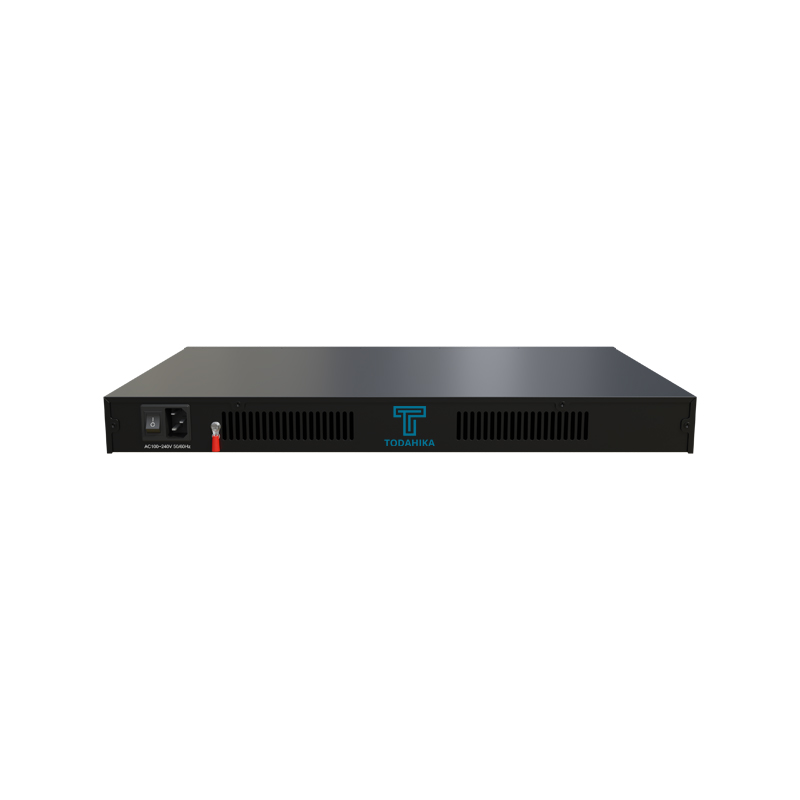In the world of networking, switches act as a backbone, efficiently routing data packets to their intended destinations. Understanding the fundamentals of switch operation is critical to grasping the complexities of modern network architectures.
Essentially, a switch acts as a multiport device operating at the data link layer of the OSI model. Unlike hubs, which broadcast data indiscriminately to all connected devices, switches can intelligently forward data only to the specific device at its destination, improving network efficiency and security.
The operation of the switch relies on several key components and processes:
MAC address learning:
The switch maintains a MAC address table that associates MAC addresses with the corresponding ports that learn them. When a data frame arrives at a switch port, the switch checks the source MAC address and updates its table accordingly. This process enables the switch to make informed decisions about where to forward subsequent frames.
Forward:
Once a switch learns the MAC address of a device connected to its port, it can forward frames efficiently. When a frame arrives, the switch consults its MAC address table to determine the appropriate outbound port for the destination MAC address. The frame is then forwarded only to that port, minimizing unnecessary traffic on the network.
Broadcast and unknown unicast flooding:
If the switch receives a frame with a destination MAC address that is not found in its MAC address table, or if the frame is destined for a broadcast address, the switch uses flooding. It forwards frames to all ports except the port where the frame is received, ensuring that the frame reaches its intended destination.
Address Resolution Protocol (ARP):
Switches play a vital role in facilitating the ARP process within the network. When a device needs to determine the MAC address corresponding to a specific IP address, it broadcasts an ARP request. The switch forwards the request to all ports except the port on which the request was received, allowing the device with the requested IP address to respond directly.
VLANs and trunks:
Virtual LANs (VLANs) allow switches to divide the network into different broadcast domains, improving performance and security. Trunking enables the switch to carry traffic from multiple VLANs over a single physical link, increasing flexibility in network design and configuration.
In summary, switches form the cornerstone of modern network infrastructure, facilitating efficient and secure communication between devices. By delving into the intricacies of switch operation, network administrators can optimize performance, enhance security, and ensure the seamless flow of data across the network.
Toda specializes in producing switches and customizing network construction for enterprises.
Post time: Apr-24-2024




